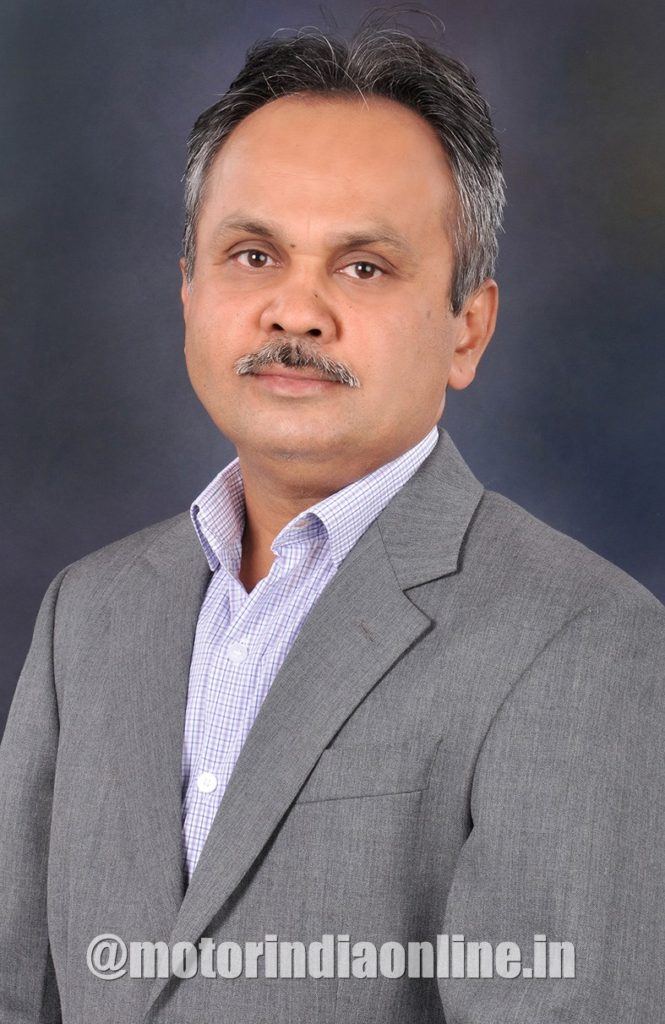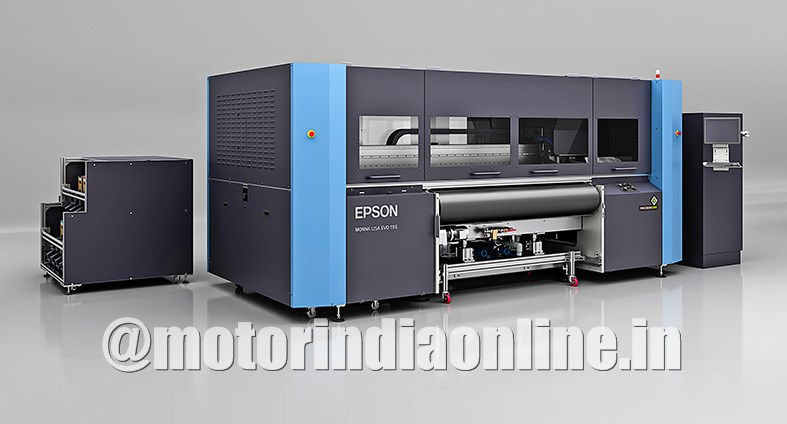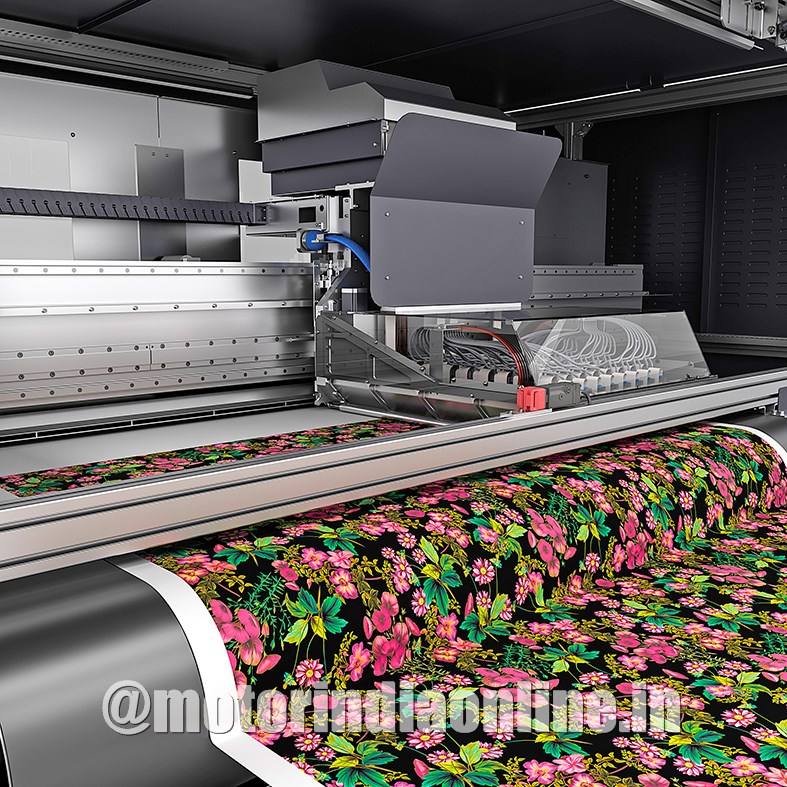Epson India has launched two models in the reputed textile printer ‘Monna Lisa’ range. The two models – Evo Tre 16 and 32 – will now allow Epson to find a niche in the digital textile printing arena. Since its inception, the Monna Lisa range has proven to be the ultimate name in advanced digital processing and inkjet technology for volume printing. Sarada Vishnubhatla interacted with P. Satyanarayana, Director (VP/LFP/RS), Epson India (P) Ltd., to know more about the latest offering and the company’s strategy in increasing its market share

Launched earlier in 2019, Evo Tre 16 and 32 models are Epson India’s solutions to high-volume and superior quality requirements of the textile industry in the digital printing segment. The new digital printing solution offers intuitive and user-friendly operations, allowing the operators wield greater control over printer and fabric settings and in maintenance too.
Elaborating about the products, P. Satyanarayana, Director (VP/LFP/RS), Epson India (P) Ltd., said: “Epson India has officially entered the digital textile market this year though the Monna Lisa range itself has been servicing the Indian textile market for almost a decade now through our collaboration with F.lli Robustelli and For.Tex.”
“Our market share, understandably, currently would be only about 4-5% in digital textile printing and we are confident of raising it to 20-25% in the next couple of years,” he added. Originally, Epson has always been known globally for its high-quality photo printing solutions. Moving forward, they expanded into manufacturing CAD, signage, sublimation and DTG or direct-to-garment printers.
According to Satyanarayana, their market acceptance gave Epson “greater confidence” and encouraged them to come out with more products for different verticals. “It uses the PrecisionCore technology print-head which is a game-changer in the textile printing industry. The output in terms of quality is far more superior to any solution from the competition today,” he said.
“Now is the time when the Indian textile industry is making a gradual shift towards digital printing. It also helps that India is the second largest garment exporter in the world. So, these are exciting times for Epson India to grab a chunk of the evolving market and offer best quality to the customers,” he added. The Evo Tre 16 comes with a 16 print-head and the EvoTre 32 has a 32 print-head. With the Evo Tre 32, a customer can print with a speed of approximately 402 sq. metres per hour, with 600 DPI resolution on a two pass mode.
Explaining the utility case scenarios for both the models, Satyanarayana said: “As per the requirement and the quality of printing that is sought besides the production requirement in bulk on a day-to-day basis, the customer can choose between the two models.”
“If they need high productivity, Evo Tre 32 must be opted for and for lesser amount of work Evo Tre 16 can do the job. Both the print-heads come equipped with 3,200 nozzles and variable size droplet technology – from 7 to 32 picolitres. And herein lies our USP. The best part is that some of our competitors in the market use Epson print-heads too,” he added. Epson was the first company to introduce tank-based models in desktop printers which proved to be a revolutionary trend and following its success the company is planning to bring in the same into the large-format printing segment as well.
Satyanarayana is of the opinion that India needs to step up to global competition instead of only looking at the domestic markets. “India is a cost-sensitive market. Job work is driven by low prices and this sometimes forces companies to secure their business by compromising on quality. I feel that the day we start focussing more on quality, India will be able to compete globally and make a mark in the international textile industry. It will happen, although deciding on a time frame is difficult because it all depends on how quick our customers adapt to this in the first place, though there are some who are already focusing on exports and hence are getting associated with global brands,” he stated.
Satyanarayana also provided an overview of the industry’s status across India. Surat in Gujarat is the biggest market for textiles which contributes close to 50% of the total business. If it is Surat, Ahmedabad and Mumbai in the west, Ludhiana and Delhi in the north, and Tiruppur, Karur and Bangalore in the south, the eastern region is playing catch-up with Kolkata is coming up as a textile hub in India. “Most of the people in these regions are still doing screen printing which offers the best quality output. But in today’s scenario, productivity is equally important as is quality. This is why digital printing will make a huge impact and will definitely help most of the vendors, especially where exports are concerned,” he said.
Epson India has more than 350 service centres across India and specifically for the newly launched digital printers, it has about 10 trained service engineers – a scalable figure which is directly proportional to the sales in due time. “Using our vast network, we always try our best to reach our customers at the earliest to maintain our best turnaround time. Apart from the domestic market, we also handle subcontinent markets in Bangladesh and Sri Lanka from here because we see big potential there for digital textile printing,” Satyanarayana said.
Epson India’s advantage is not just their heritage but also its well-established reach across India through its distributors. The company is now planning to set up its first demo centre in Mumbai in early 2020 where their customers will have the opportunity to experience superior printing quality in real time.

